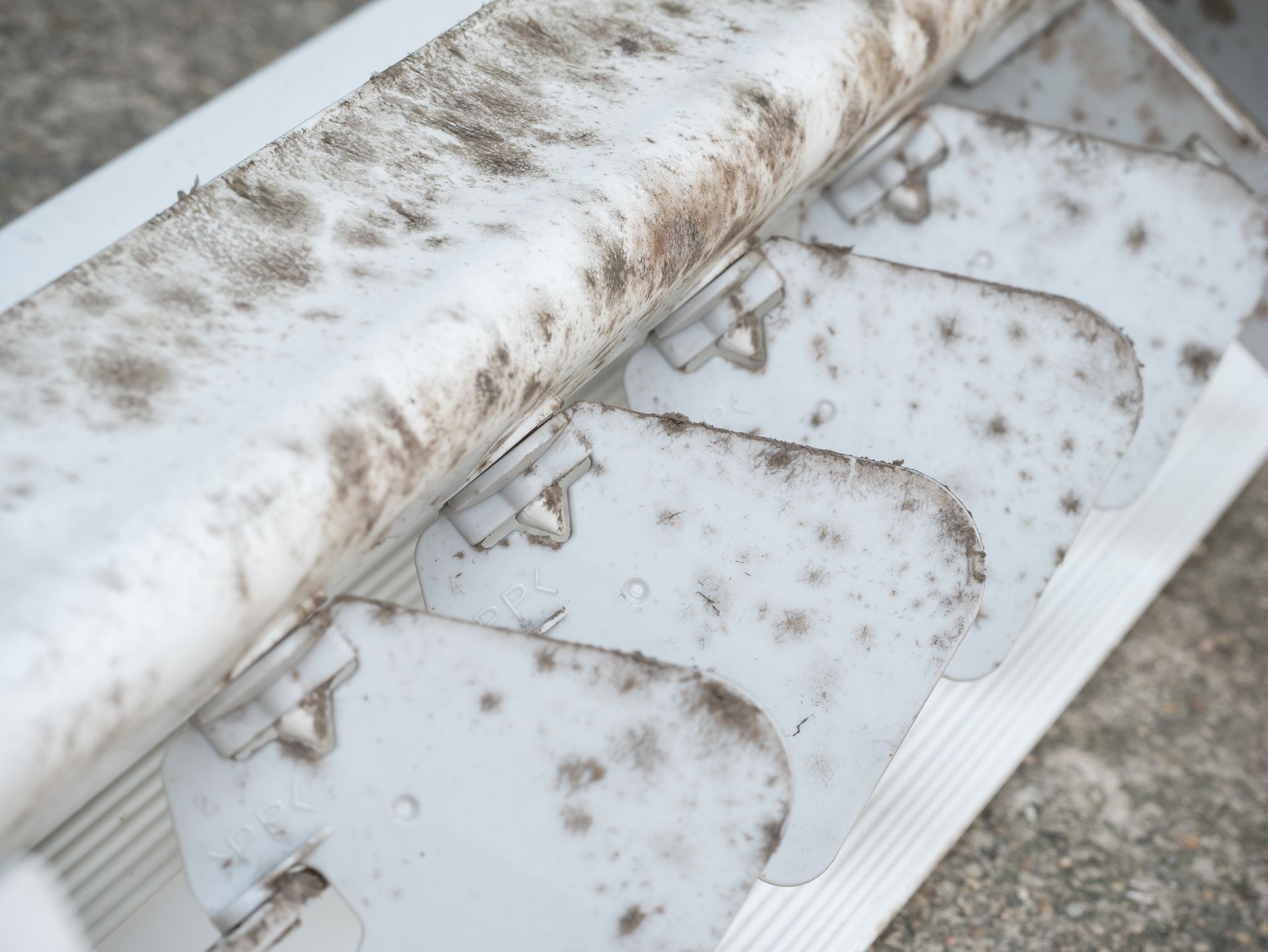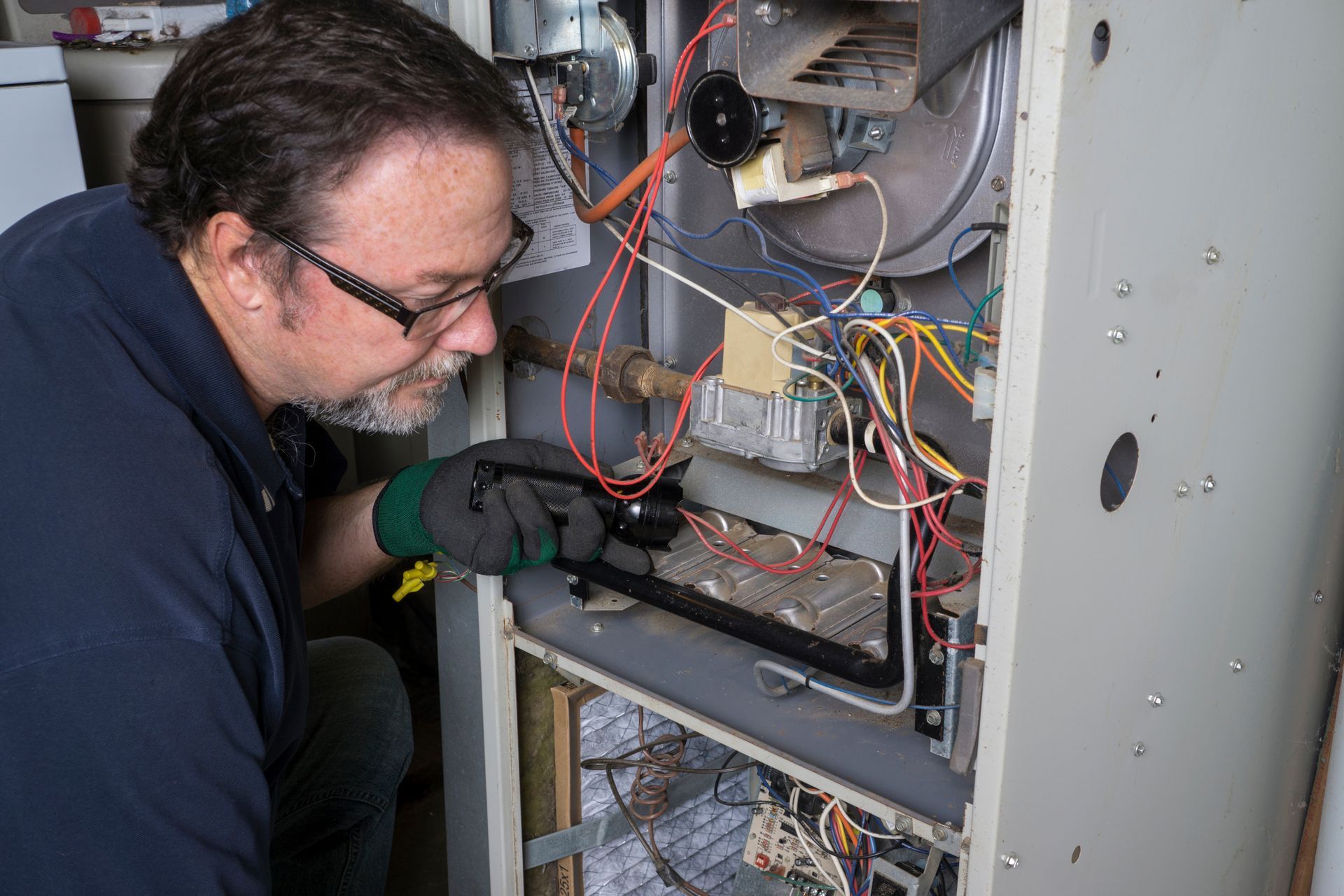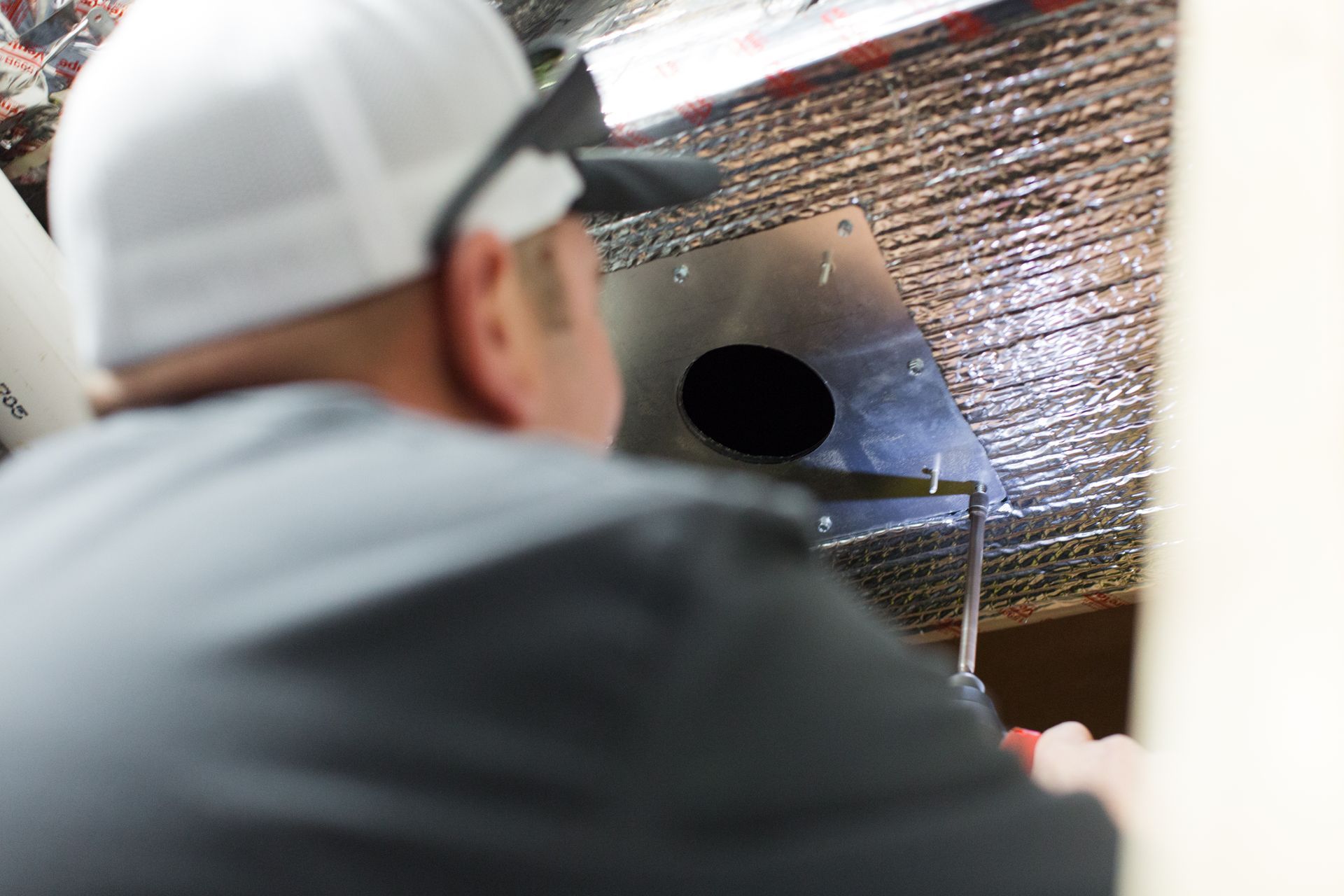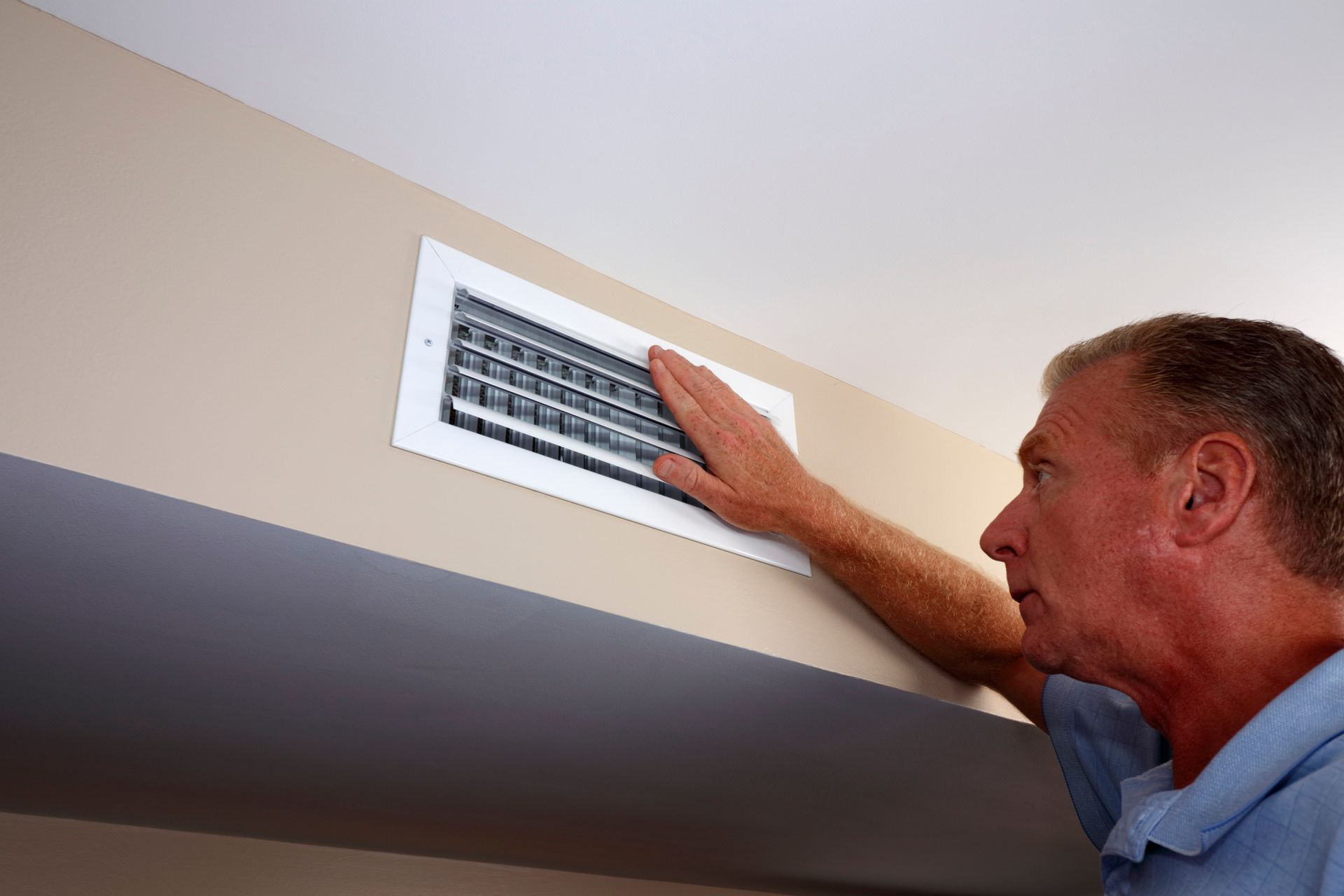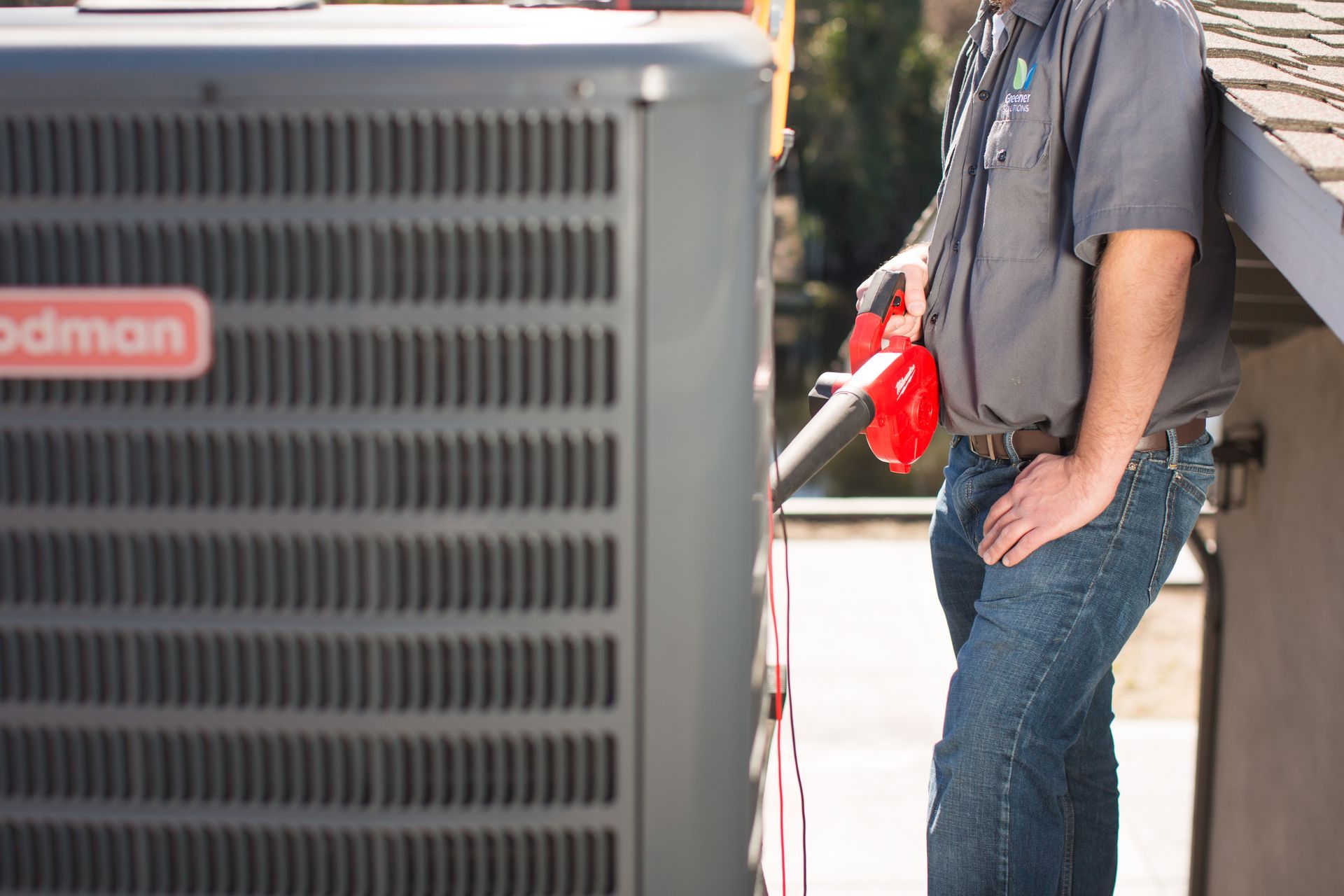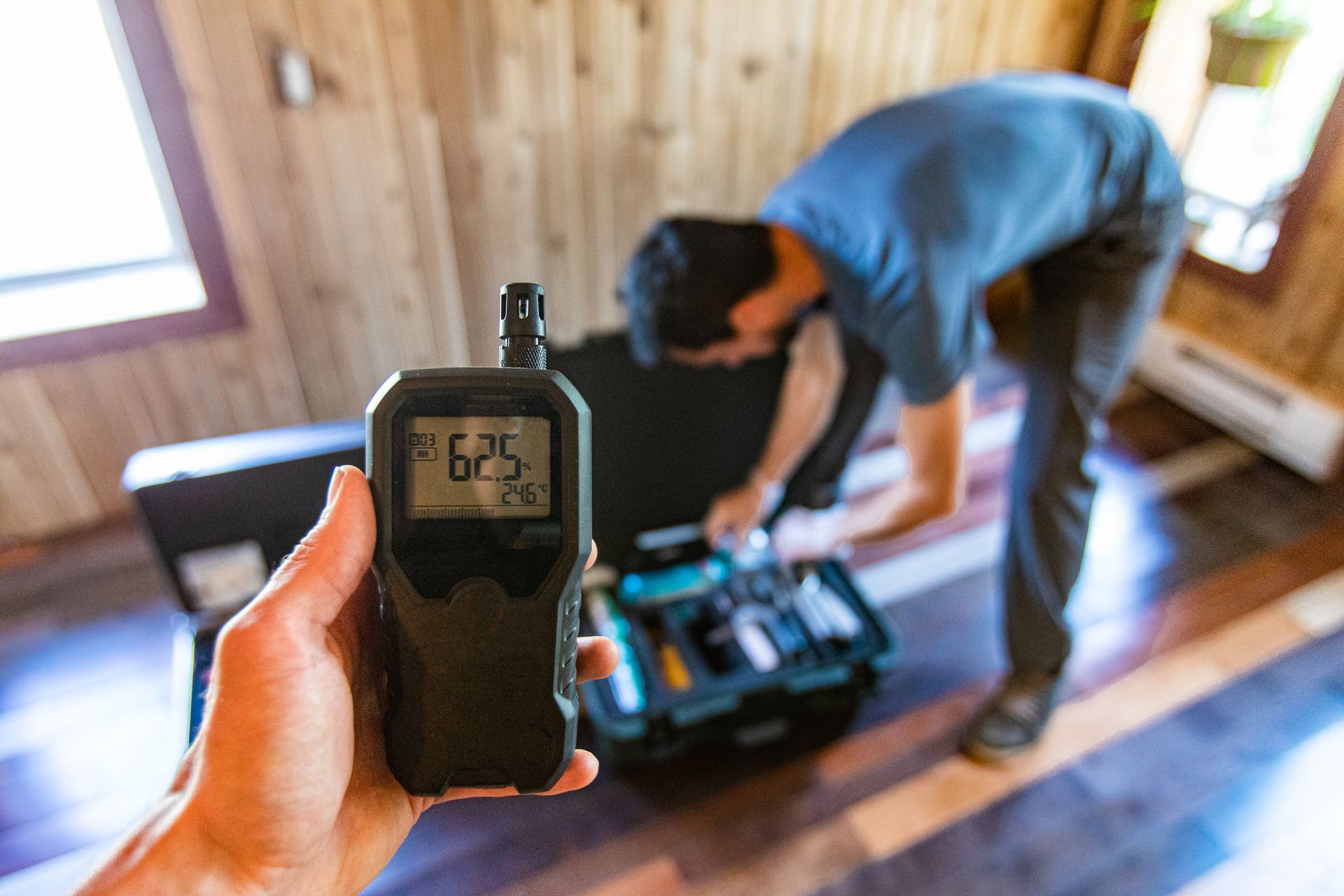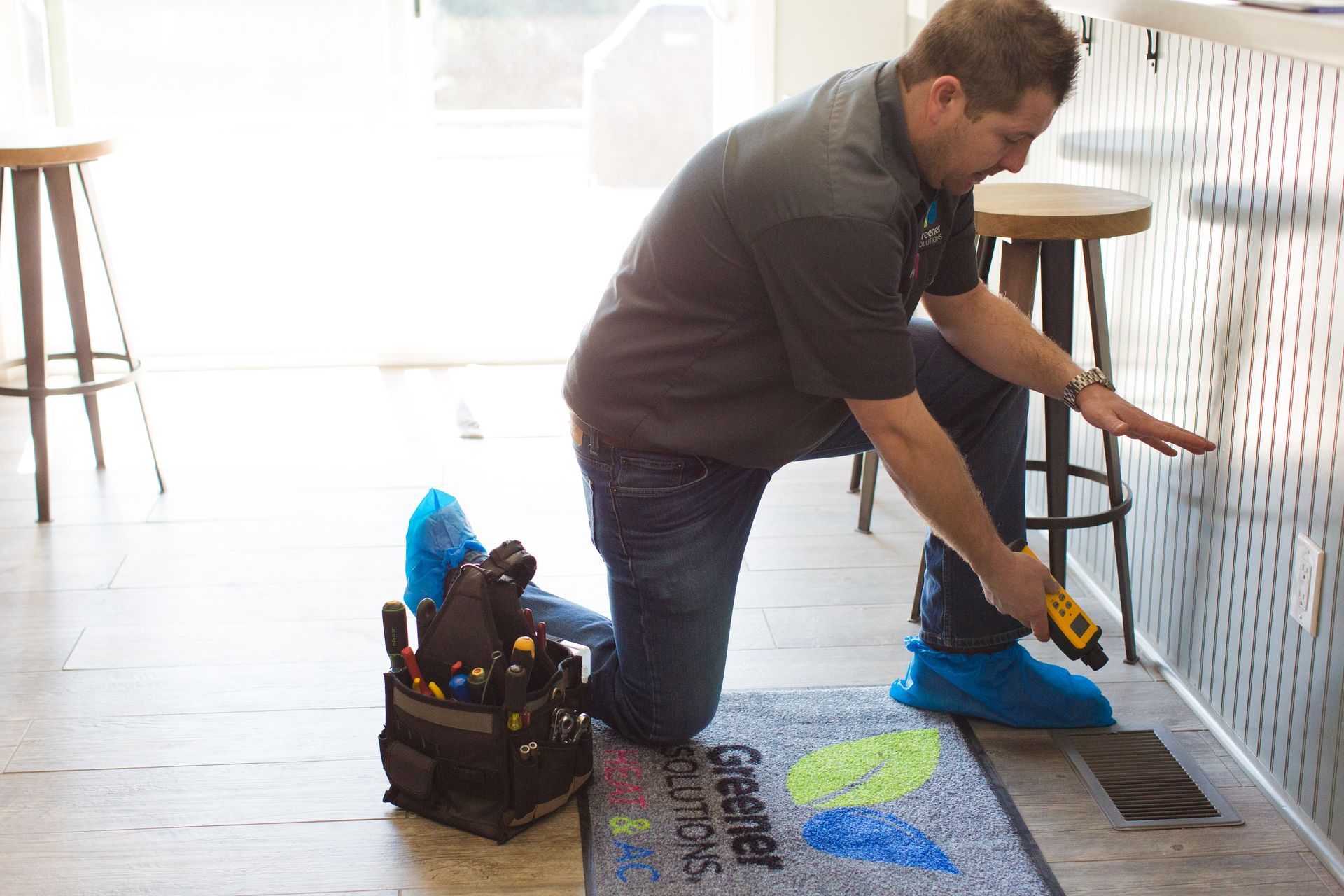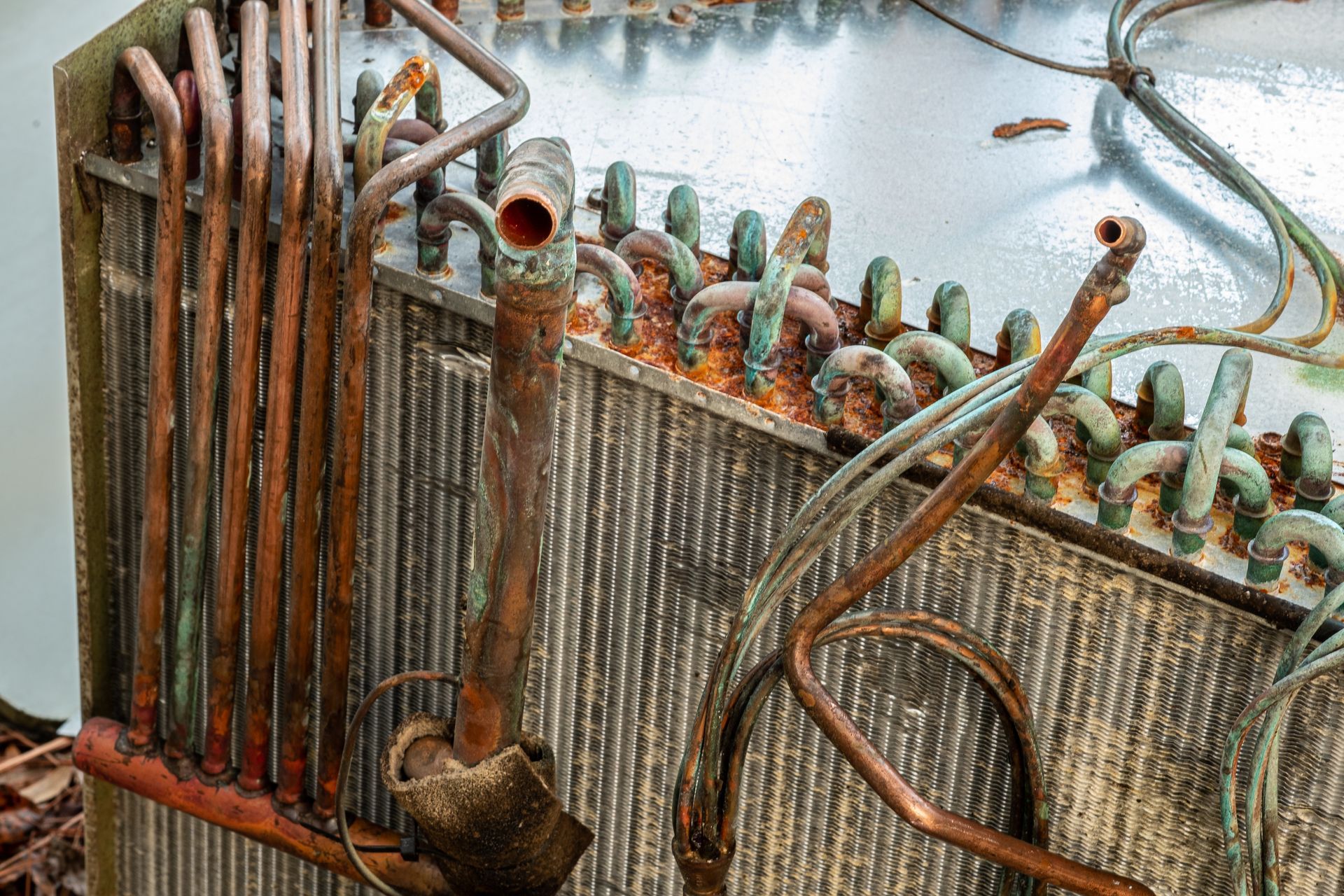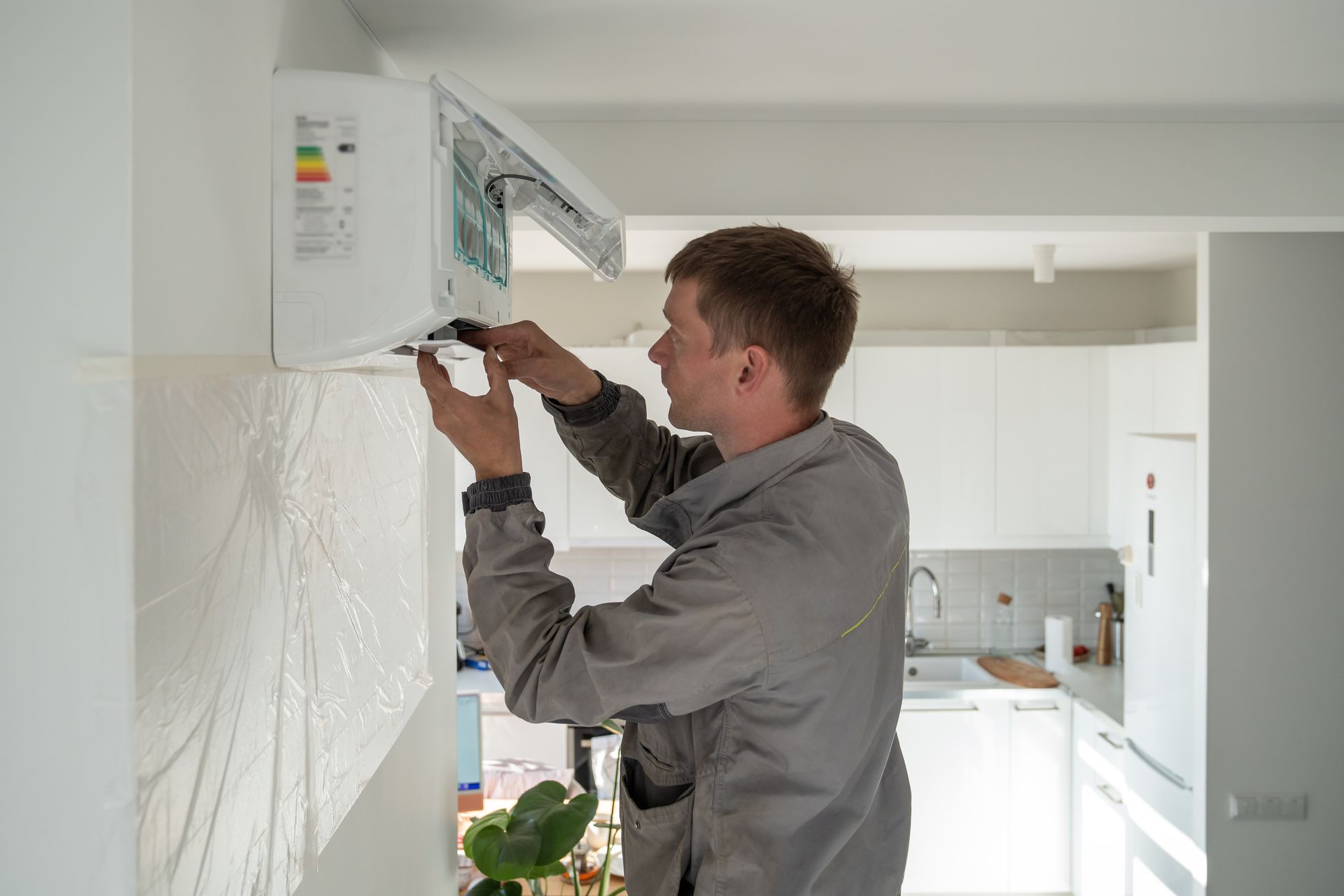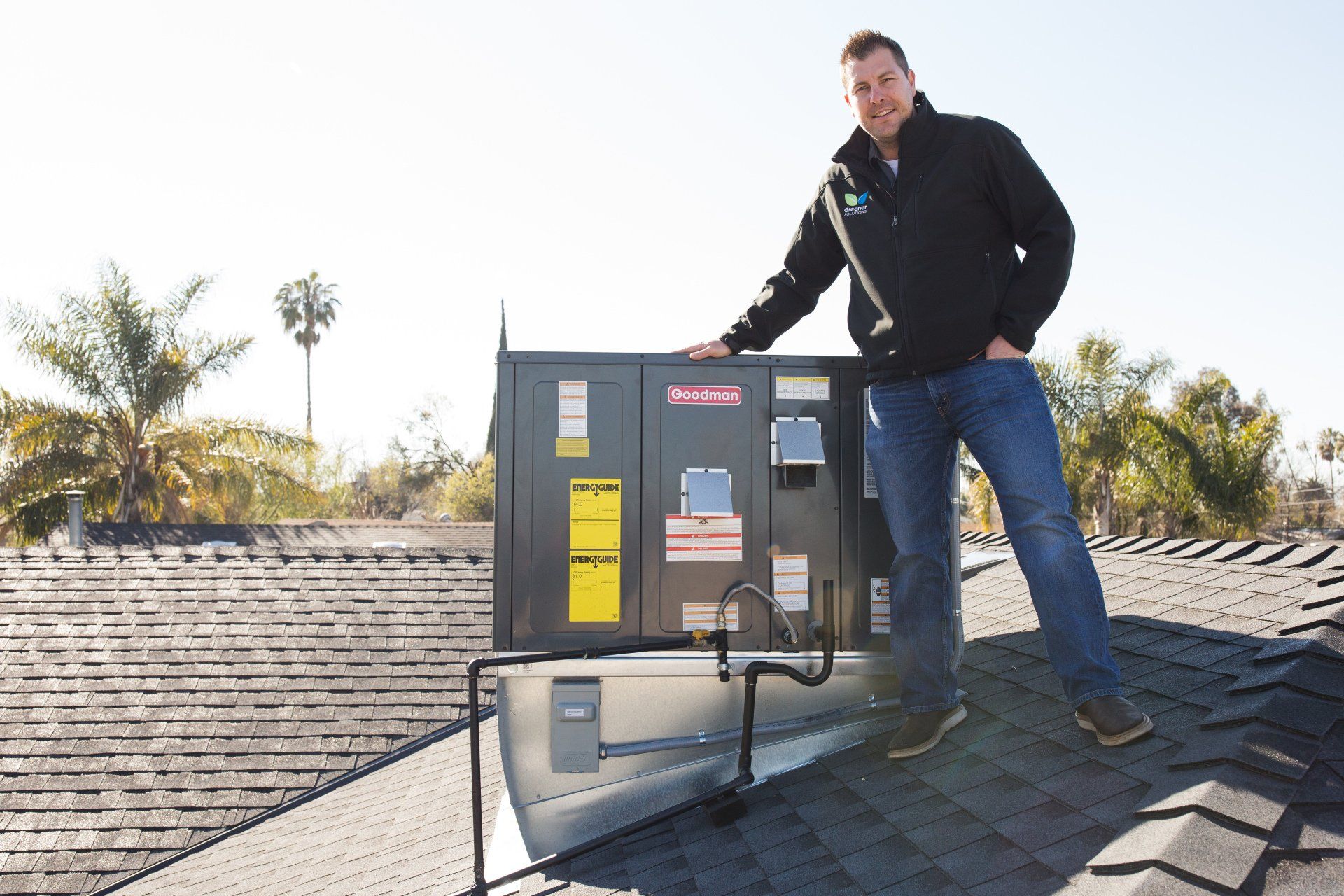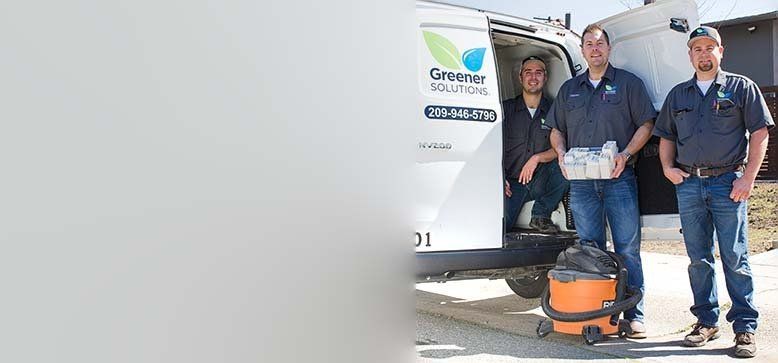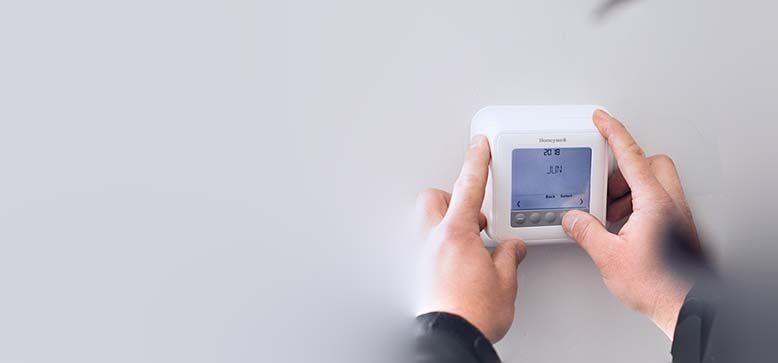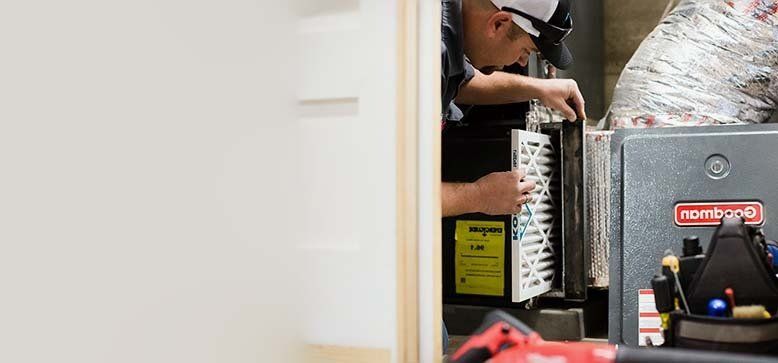Why is My Heater Blowing Cold Air?
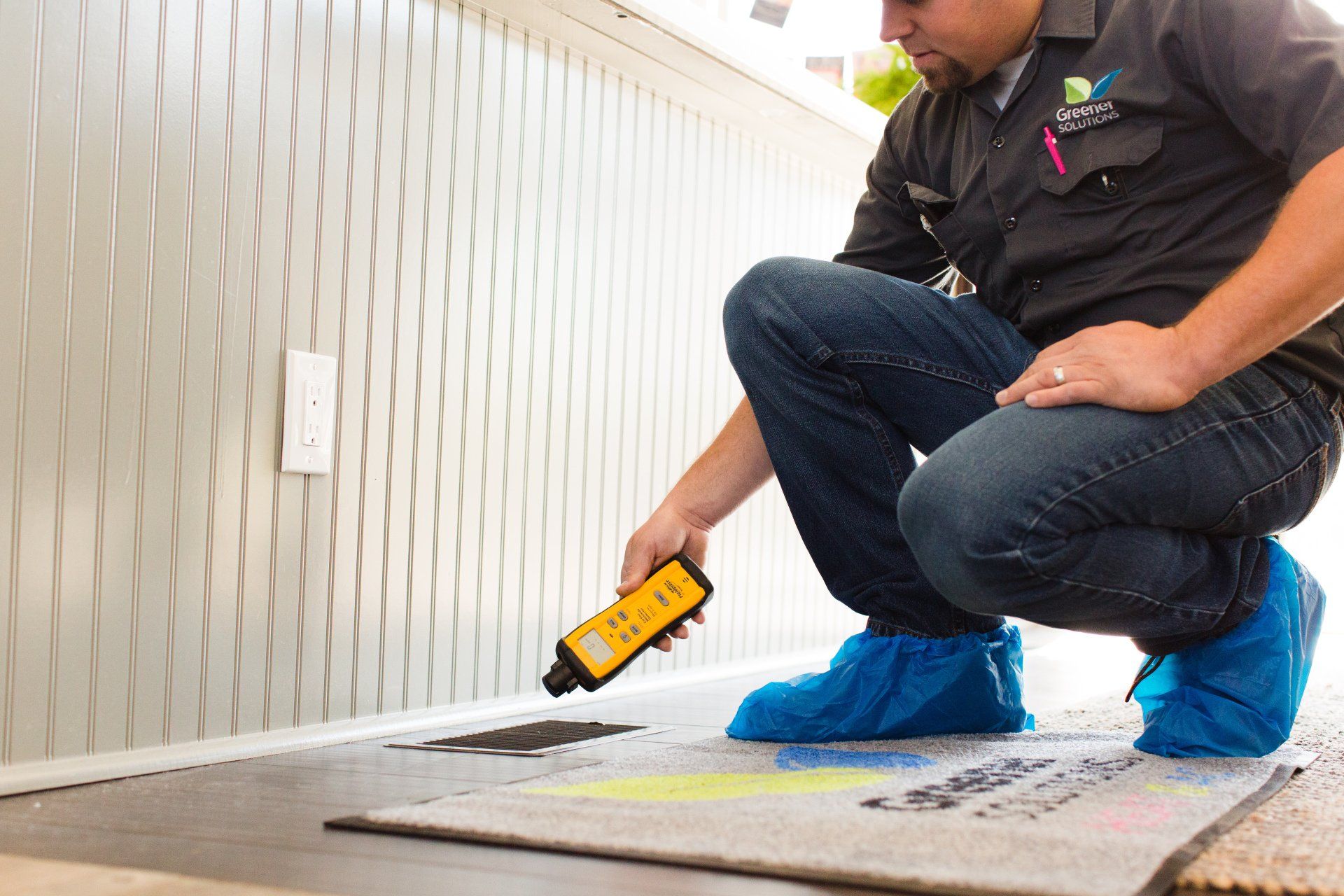
Coming in from the cold to a furnace that is blowing cold air is never ideal. The reasons behind why your heater is blowing cold air can range from something simple to something extremely difficult to diagnose and repair without professional help. A heater blowing cold air could be the result of a problem with the flame detector, main limit, gas supply, air filter, thermostat, or pilot light. Regardless of what the problem is, if some quick trouble shooting doesn’t resolve the issue, it is recommended that professional help is enlisted to determine the problem and implement a fix. Reason being, is that furnaces and heaters are usually connected to gas lines and if the right precautions are not taken, there is the potential risk of fires and explosions occurring.
How a Furnace Works
In order to understand why a heater is blowing cold air, you must understand how a heater works. The heater or furnace is controlled by the thermostat. When indoor temperatures drop below a preestablished temperature, the thermostat sends signals through the control board that indicate to the heater that it needs to turn on. When the heater is activated, the fans and the ignition switch is turned on which starts the combustion process. The combustion process starts with the gas valve opening which releases flammable gasses. These gasses ignite when they reach the pilot light which warm up the heat exchanger before the burnt gas byproducts are exhausted via the flue. While this is happening, the draft fan draws in cold air from the environment and passes the cold air over the heat exchanger where it warms up. The heated air is then circulated by the fans through the HVAC system’s ductwork and then distributed throughout a building. If any part of this process is impeded or prevented, the heater will fail to produce warm air.
Most Common Reasons A Heater is Blowing Cold Air
It is important to note, that a furnace won’t work instantly. The components within a heater still need to warm up. However, if a furnace fails to produce warm air after a 5 - 15 minutes, then there may be a problem within the system. Below, we will look at the most common reasons for why a heater is blowing cold air:
Thermostat Setting
The easiest problem to fix that results in heaters blowing cold air is when the thermostat is set incorrectly. This could be the result of someone else tampering with the thermostat settings or programmed thermostat settings kicking in. Be sure to check that the thermostat is set to “heat” and not “on” or “auto” which will cause the fan to run without the heater being activated. If the thermostat is set properly and it is still blowing cold air, it is likely the result of a different problem.
Damaged Pilot Light
One of the most common and simple problems that occur with older heater models that would cause a heater to blow cold air is the pilot light going out. The pilot light should remain lit, even when the heater is off, so it is ready ignite the gasses needed to warm the heat exchanger. Sometimes the pilot light will go out during periods of not being used and will need to be reignited for the heater to work. In order to light the pilot light, it is important for an individual to turn the gas switch off and letting the pilot light compartment air out. If the pilot light has been out for some time, there is a good chance that the pilot light chamber is filled with gas which can result in a burst of flame if ignited. After the compartment is aired out, switch the gas supply switch to the position designated for lighting the pilot light. Once the switch is in the right position, there should be a reset button that will need to be held while the pilot light is reignited with a long match. Once the pilot light is reignited, the restart button can be released, and the pilot flame should be a small consistent blue flame. If the pilot light flickers or fails, this could be a sign of another problem like a gas supply issue.
Restricted Gas Supply
Heaters and furnaces mostly rely on flammable gasses to warm up the heat exchanger. If there is a problem with the gas supply line, a heater’s ability to warm a building is severely impacted. Older heater models will be impacted by the pilot light having difficulty staying lit while newer models are designed to shut off if there isn’t enough gas to perform its job. The reason behind the gas supply issue could be a faulty gas valve or a problem with the gas supply itself. There could be something blocking the gas line, or the gas supply could be running low if it isn’t connected to a main gas line. Regardless of what the problem might be, diagnosing and repairing a gas supply problem should be left in the hands of trained and qualified professionals.
Dirty Flame Detector
Modern heaters no longer rely on pilot lights to ignite their source of heat. Instead, newer heater models have a gas valve that opens and a mechanism that ignites gasses with a spark to eliminate the need for constantly running gas. When the gasses are ignited, the flame detector registers the temperature and sends electrical signals that keep the gas line producing. Since this mechanism is designed as a fail safe to prevent fires and explosions, the second the flame detector stops registering the correct temperature, the signal to the gas release valve stops which results in the gas supply being cut off to prevent a gas leak and fire. If the flame detector is dirty, it may have problems registering the right levels, which can prevent your heater from turning on. This can be fixed by cleaning the flame detector but diagnosing and repairing this component should be done by professionals.
System Overheating
This sounds counter intuitive, but cold air coming from a heater may indicate that the furnace actually overheated. If a HVAC system had stopped producing warm air, it could be the result of a safety mechanism designed to shut off if the heater or furnace reaches too high of a temperature. This mechanism is designed to prevent fires, explosions, and even carbon monoxide leakage. The reasons behind a system shutting down to overheating include:
Main Limit
The main limit is a safety feature inside newer models of heaters. Its purpose is to turn off the ignition when a heater or furnace overheats in order to prevent catastrophic breakdown. If the heater starts to get too hot, this component will activate and shut off the gas which will result in cold air being blown through the heater. The other issue that may cause cold air being blown by the heater is if the main limit is faulty, damaged, or dirty.
Dirty Clogged Air Filter
A dirty air filter will prevent proper airflow through the heater. This is problematic because the heat exchanger relies on unrestricted airflow to transfer heat away from the heat exchanger which in turn warms a building. Without that cool airflow passing over the heat exchanger, the system will overheat and trigger the main limit. When this happens, the combustion process will cease, and the heater will start to produce cool air instead of warm air.
Cracked Heat Exchanger
A cracked heat exchanger is a problem that can result in more than just overheating. The heat exchanger is where the ignition source meets the combustible gasses before being exhausted safely outside. If the heat exchanger is cracked, it can release superheated gasses and carbon monoxide into the HVAC system where it is distributed throughout a home. If this occurs, the superheated gasses will normally trigger the main limit and cause the ignition source to shut off resulting in cold air being blown throughout a home.
Clogged Condensate Lines
Condensate lines are a component that are typically part of an air conditioner, but high efficiency furnaces can have them too. High efficiency furnaces typically have 2 sets of heat exchangers designed to capture more heat than less efficient models. What occurs during the heat exchange results in condensate being generated due to the combustion process. If the condensate has no where to go because the condensate line is blocked or clogged, the system will back up and the condensate will build up in the heat exchanger and inducer which will prevent proper combustion. When this happens, the built-in safety mechanisms will be triggered causing cold air to be blown through the heater.
Damaged Ductwork
If the air ducts from a HVAC system is damaged and full of leaks, tears, cracks, and gaps, the openings will release the warm air before it reaches its intended destination. This will warm up areas like crawl spaces and attics while simultaneously pulling cool air from those spaces and blowing that cool air out of the vents. Small holes and gaps in ductwork won’t lose all of the hot air so if cold air is blowing in and the ductwork is the culprit, it usually indicates that there is severely damaged ducting that is responsible for the heat loss.
Faulty Circuit Board
Sometimes a furnace blowing cold air can be the result of a faulty circuit board. The circuit board is the electrical component that signals to each of the other heater components when they should turn on. It acts as the central brain for the heater and if any part fails to register or relay a signal, the heater may fail. When the signals to the fans work as expected but any of the signals that start ignition or combustion fail, then the heater will produce cold air when turned on.
How to Troubleshoot Heater Blowing Cold Air
Many of the heater problems that would cause the heater to blow cold air require professional help to diagnose and fix. Before professionals are called, there are a few troubleshooting steps that can be taken to attempt to fix the problem.
Check Thermostat
The first and most obvious thing to check is the thermostat. It is important to ensure that the thermostat settings are set correctly on “heat.” If the settings have been switched to “on” or “auto,” the heater fan will be running, but the internal components that heat the air won’t be activated.
Check and Adjust Vents
The next step is to check the vents to ensure that they are open and not obstructed. If there is blockage that is preventing the flow of air, it has the same effect as a dirty filter and could potentially cause the heater to overheat and shut off.
Check and Replace Filters
The final thing to check is the other end of the air supply. If all the vents are open, there is still a chance that the filters are preventing proper air flow. If this is the reason why, changing the air filter out with a new clean and unobstructed air filter may fix the problem.
Call HVAC Pros
If the previous steps do not restore normal heater operation, it is critical that professional help be enlisted to ensure the safety of any inhabitants. The reason is because heaters and furnaces use combustible gasses that are dangerous if they are allowed to build up in a confined space and then ignited. Professionals will know how to turn off the gas supply so they can diagnose any heater problems without putting a house at risk.
Contact Greener Solutions Home Services
If you are dealing with your heater or furnace blowing cold air, it may be time to call Greener Solutions Heat & AC for your furnace repair needs. Our team of licensed and experienced HVAC professionals will help diagnose any heater problems and then determine the best way to fix the issue to restore optimal heater activity. Call today to schedule an appointment to have your heater inspected!
Heater Blowing Cold Air FAQs
-
Why is my central heater blowing cold air?
Central heaters are designed with many fail-safe mechanisms that are designed to prevent fires, explosions, and carbon monoxide escape. If any of the internal components are damaged in a way that impedes combustion or causes the HVAC system to overheat, the gas supply will be shut off to prevent further damage.
-
How do you troubleshoot a heater blowing cold air?
Dealing with a malfunctioning heater should be left to professionals but a few things could be checked before they are called. Individuals dealing with heaters blowing cold air can check the thermostat, the air filter, and the vents to see if any of these elements are causing problems. If the thermostat is set correctly and there’s nothing causing air flow to be restricted, professional help should be enlisted.
Recent Posts
-
Our Services
ButtonSee All Our Services
-
About
ButtonLearn More about
Greener Solutions
-
Contact Us
ButtonImmediate Service
Emergency Services
Live Support
Have an HVAC emergency? Call for immediate service. Available 24/7

